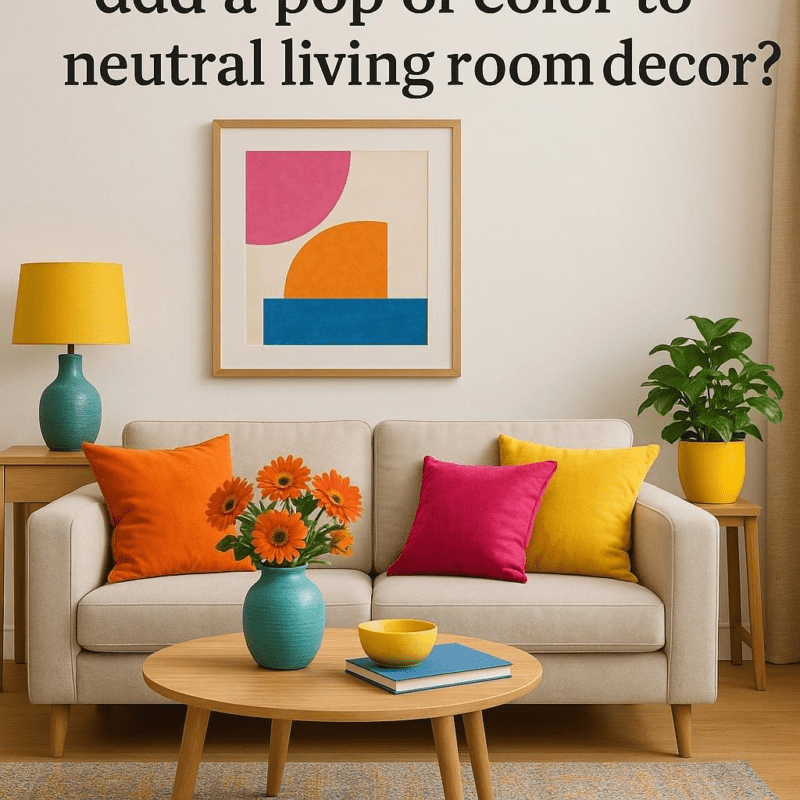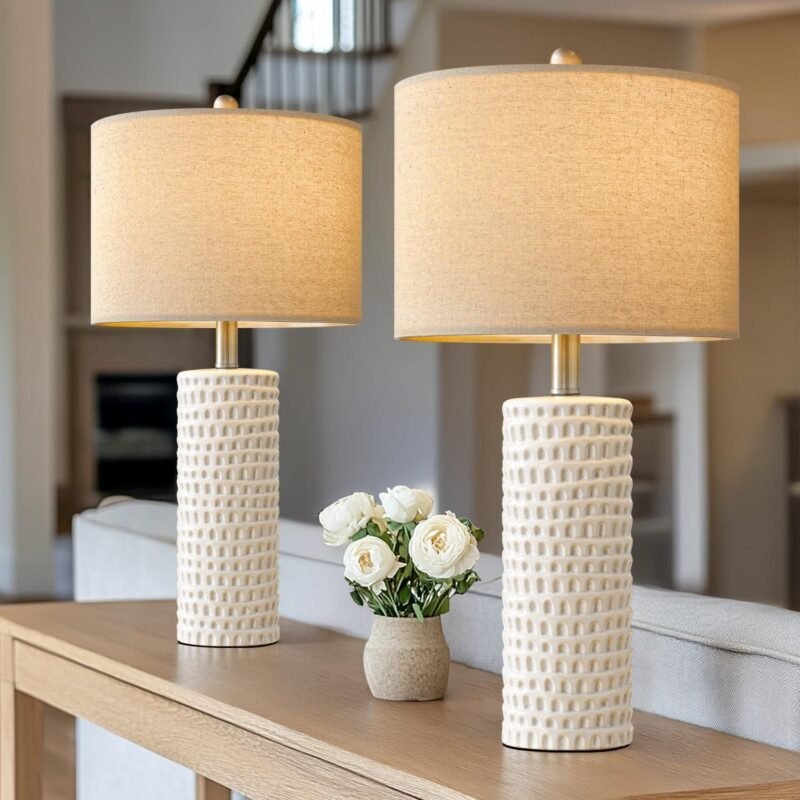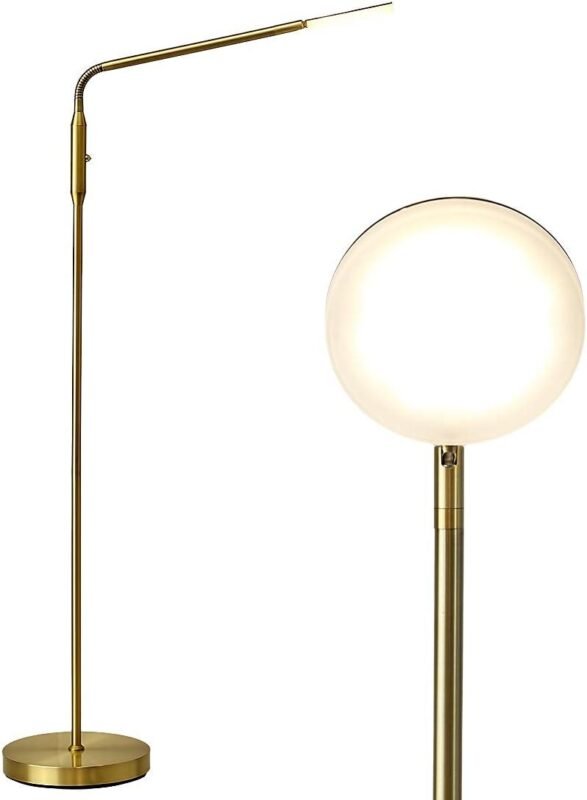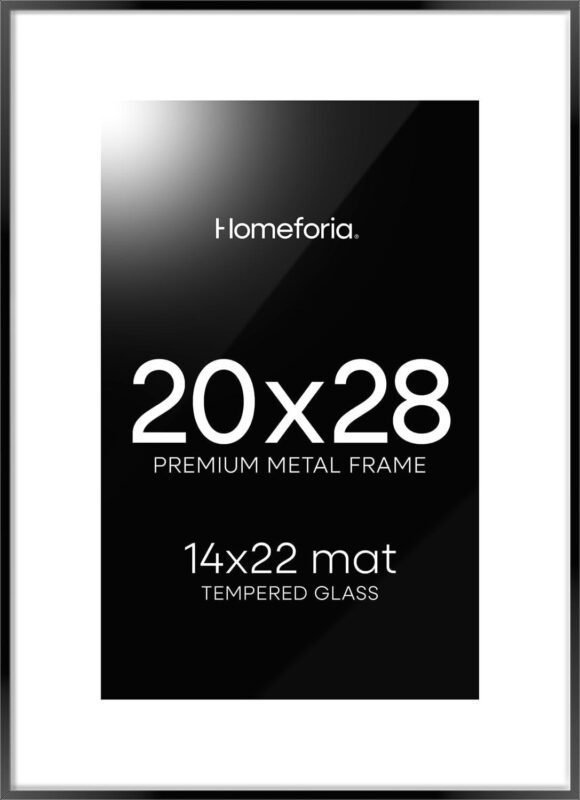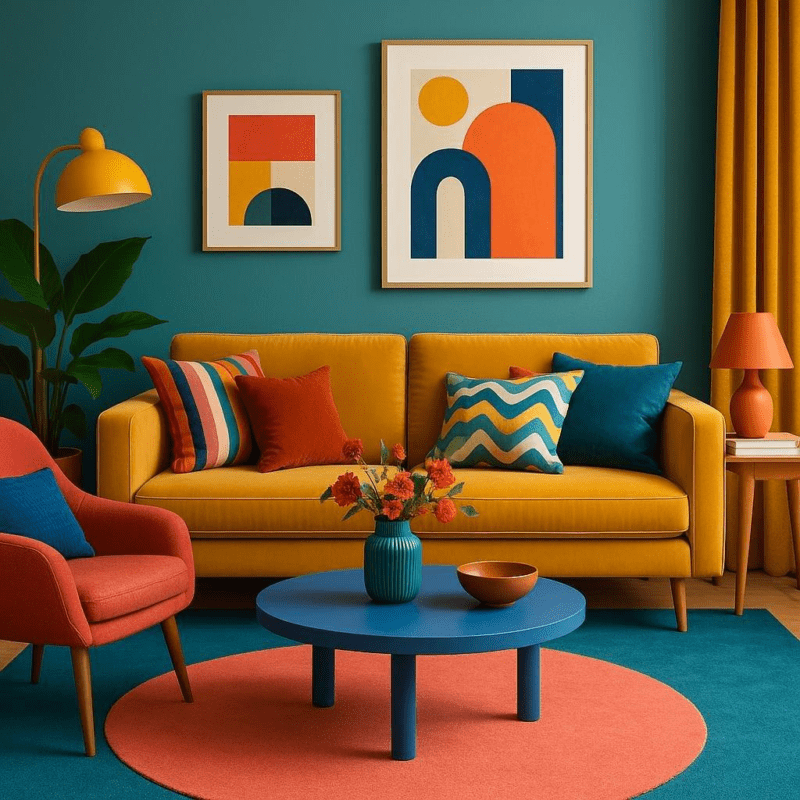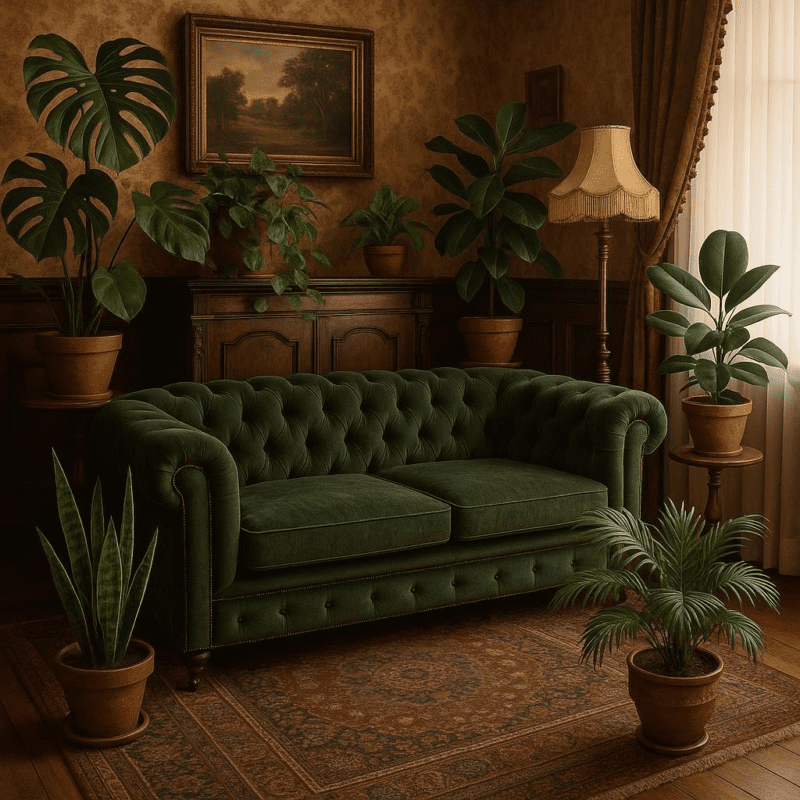What are some ways to create depth on a living room wall?
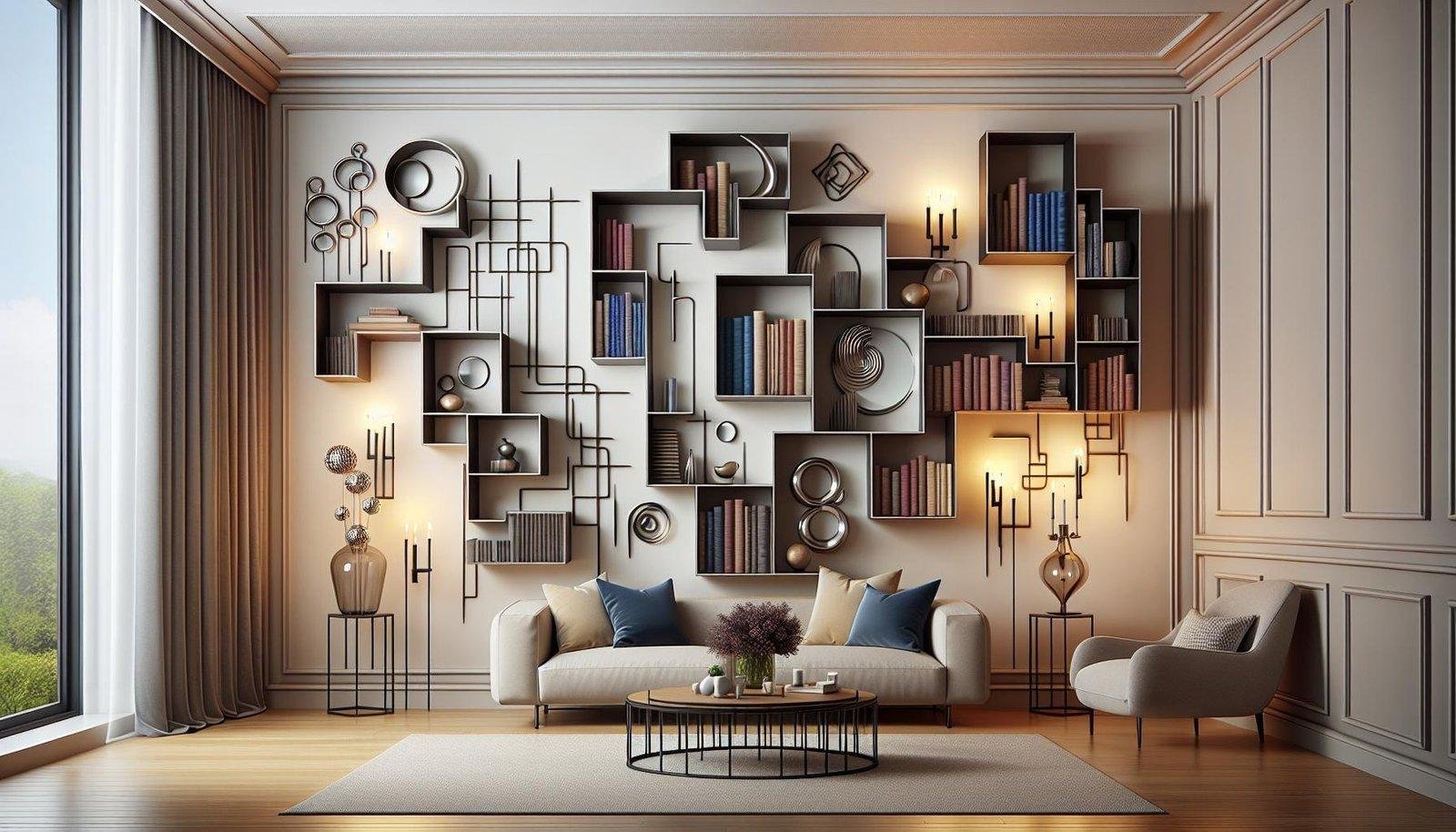
Creating depth on a living room wall can transform the entire space,making it feel more dynamic,welcoming,and visually engaging. Whether you have a small apartment or a spacious home, adding layers and dimension to your walls can enhance the overall ambiance and reflect your personal style. from clever paint techniques to creative use of textures, art, and lighting, there are many simple yet effective ways to achieve this effect. In this article, we’ll explore some of the best methods to bring depth and character to your living room walls, helping you create a cozy and captivating habitat.
choosing the right Color Palette to Enhance Wall Depth
When selecting hues to amplify the perception of space, focus on colors that create contrast and dimension. Darker shades like navy blue or charcoal grey on an accent wall can visually push the surface backward, adding a sense of depth. Conversely, lighter tones such as soft creams or pastel blues can elegantly bring walls forward, making the room feel more expansive. Pairing these shades thoughtfully allows you to sculpt the room’s atmosphere and create a dynamic visual journey across your walls.
For an effective combination, consider these strategic approaches:
- Use a two-tone palette to highlight architectural details like mouldings or niches.
- Incorporate gradient transitions where colors gradually shift from light to dark.
- Choose cool colors to recede surfaces; warm colors naturally advance.
- Balance vibrant hues with neutral undertones for harmonious depth.
| Color Type | Effect on Wall | Example |
|---|---|---|
| Dark Cool | Recedes & Adds Depth | navy Blue |
| Light Warm | Advances & Enlarges Space | Cream |
| Mid-tone Neutral | Balances both Effects | Greige |
Incorporating Texture Through Materials and Finishes
One of the most effective ways to add dimension to your living room wall is by experimenting with various materials that bring tactile interest. Consider layering natural stone, reclaimed wood panels, or textured plaster to create a captivating backdrop. These materials not only introduce visual depth but also provide sensory richness, transforming a flat surface into an engaging focal point. For a softer approach, textiles like wall-mounted fabric panels or woven tapestries can add warmth and inviting texture that play beautifully with natural light throughout the day.
Finishes also hold tremendous power in creating depth through strategic contrast and reflection. Matte finishes absorb light,emphasizing shadows and texture,while high-gloss or satin finishes bounce light around the room,accentuating subtle details on the wall surface. Combining finishes-such as pairing a matte painted wall with glossy molding or metallic accents-can result in a dynamic interplay that adds complexity without overwhelming the space. Below is a simple reference to help mix and match finishes effectively:
| Finish Type | Effect on Wall | Ideal Pairings |
|---|---|---|
| Matte | Absorbs light, highlights texture | Glossy trims, natural materials |
| Satin | Soft sheen, subtle reflection | Wood paneling, metallic accents |
| Glossy | Reflects light, enhances color | Contrasting matte areas, glass décor |
Utilizing Lighting Techniques to Add Dimension
Lighting can dramatically transform a flat space into one full of intrigue and depth. By strategically placing light sources at varying angles,you highlight the textures and contours of your living room walls. Use a combination of up-lighting and down-lighting to create shadows and contrast that naturally draw the eye. Such as, wall sconces can cast light upward, emphasizing architectural features, while recessed spotlights add focal points on artwork or textured surfaces.
Consider layering different types of lighting to achieve a multidimensional effect:
- Ambient lighting: Provides overall illumination, setting the base tone.
- Accent lighting: Highlights specific areas or objects to create focal points.
- Task lighting: Enhances functionality without compromising the decorative appeal.
| Lighting Type | Effect on Wall | Placement Tips |
|---|---|---|
| Wall Sconces | Add vertical shadows for dimension | Place above eye level,spaced evenly |
| Recessed Spotlights | Create focused highlights on textures or art | Angle toward features,avoid glare |
| Floor Lamps | Cast upward glows to enlarge space | Position near corners or beside furniture |
Creative Use of Artwork and Wall Decor for visual interest
Transforming a flat living room wall into a captivating visual feature often starts with the thoughtful placement of artwork and decorative elements. Consider mixing various sizes and frame styles to build a dynamic gallery wall that draws the eye across different focal points. Combining bold, colorful pieces with subtle monochrome prints allows you to layer depth without overwhelming the space. For an added dimension,integrate 3D wall sculptures or textured canvases that cast gentle shadows,enriching the overall room ambiance.
To elevate the visual depth further, experiment with creative arrangements like staggering shelves or asymmetrical clusters of framed art. Incorporate elements such as mirrors or metallic accents that reflect light and create an illusion of expanded space. Here’s a speedy guide to inspire your decor choices:
| Decor Element | Effect on Depth | Styling Tips |
|---|---|---|
| Layered Frames | Creates visual hierarchy | Use varying frame thickness and colors |
| Textured Art | Adds tactile dimension | Mix materials like canvas and metal |
| Mirrors | Expands perceived space | Choose decorative, sculptural frames |
| Floating Shelves | Allows layered object display | Vary heights and objects for interest |
To Wrap It up
Creating depth on a living room wall is a splendid way to add character and dimension to your space. Whether through the use of textured paint, layered artwork, strategic lighting, or creative shelving, there are plenty of options to suit your style and budget. By experimenting with these techniques, you can transform a flat wall into a dynamic focal point that enhances the overall ambiance of your living room. Remember, the key is to choose elements that complement your existing decor while reflecting your personality. With a little creativity and thoughtful planning, your living room walls can truly come to life.

